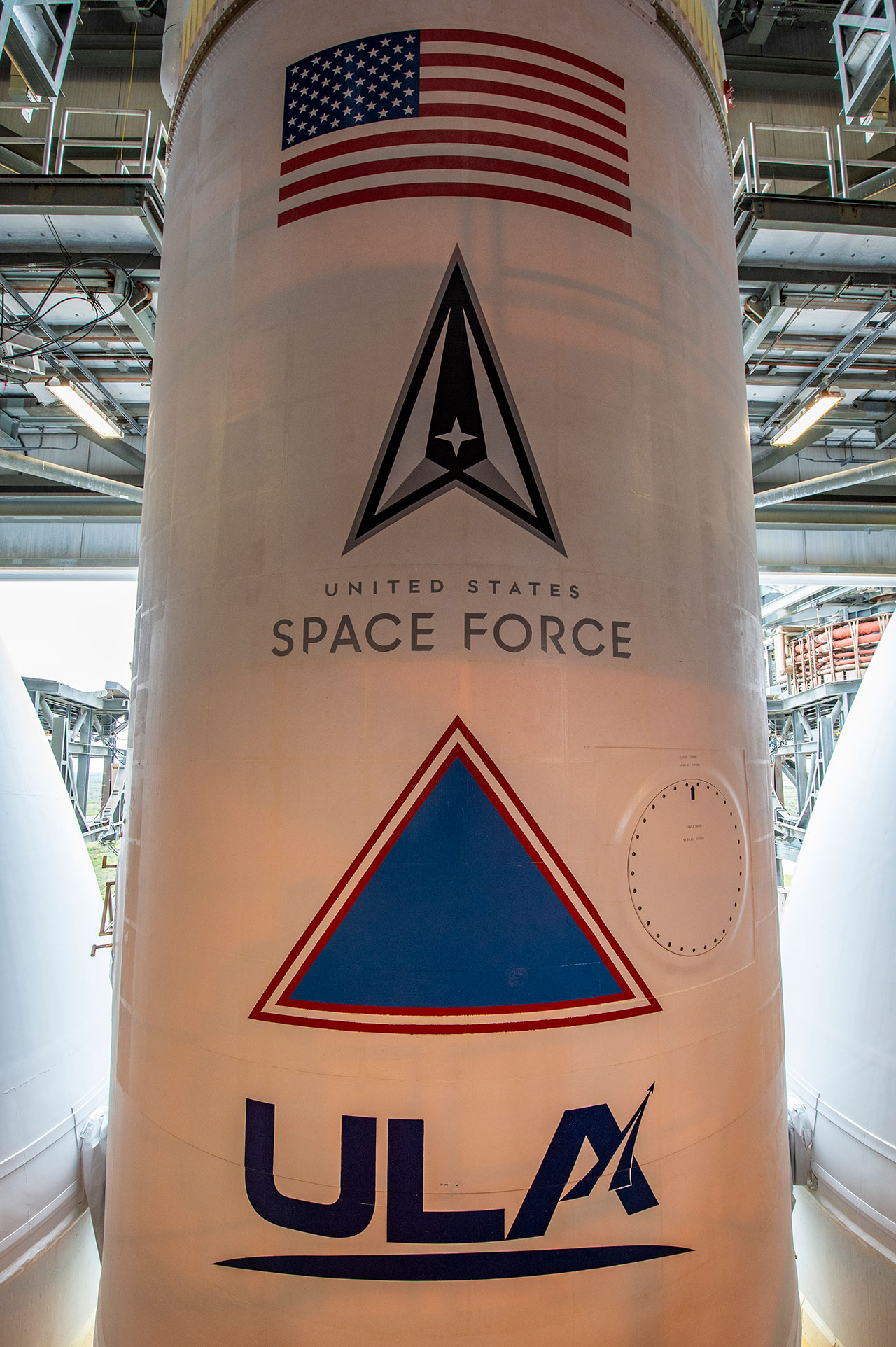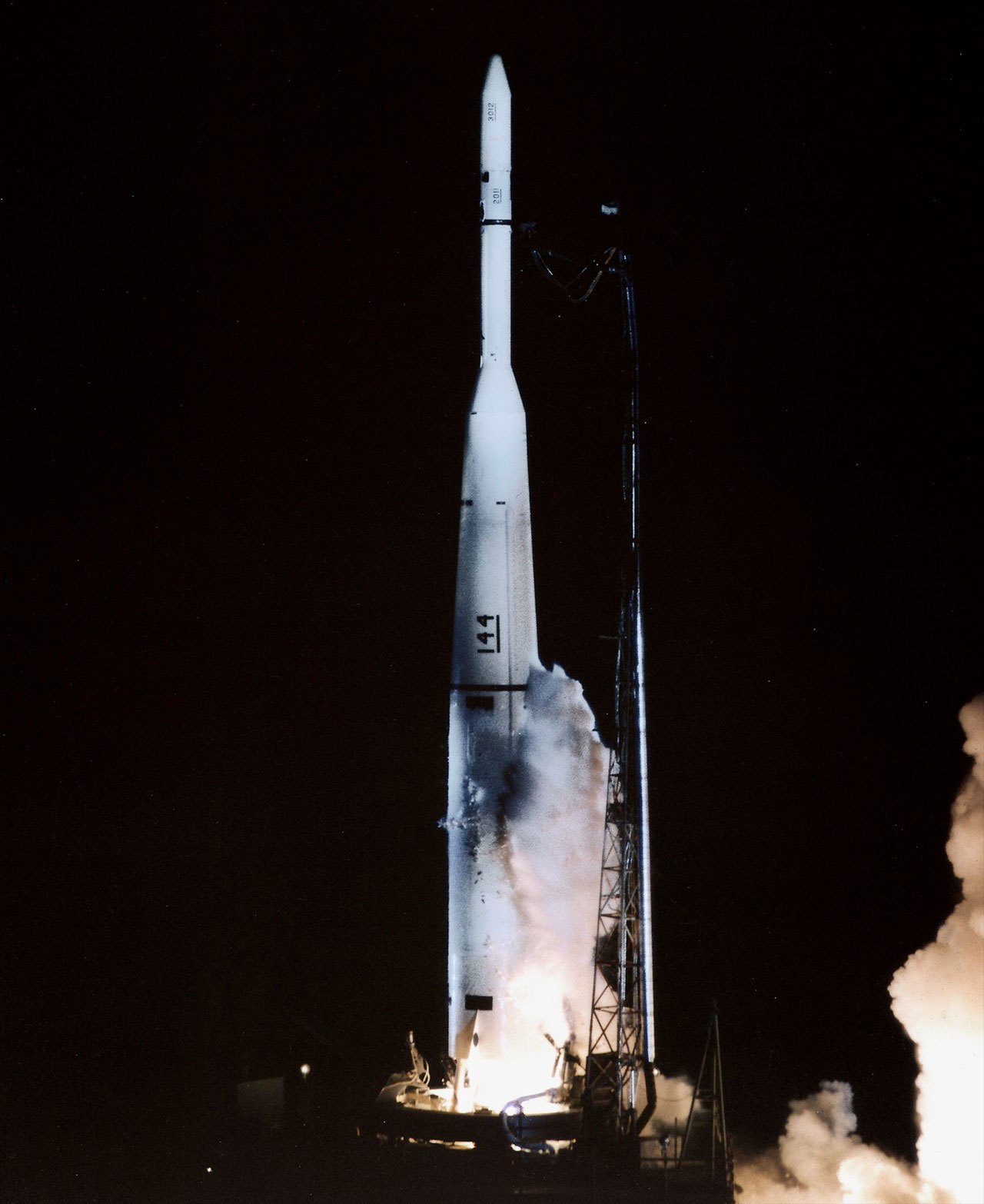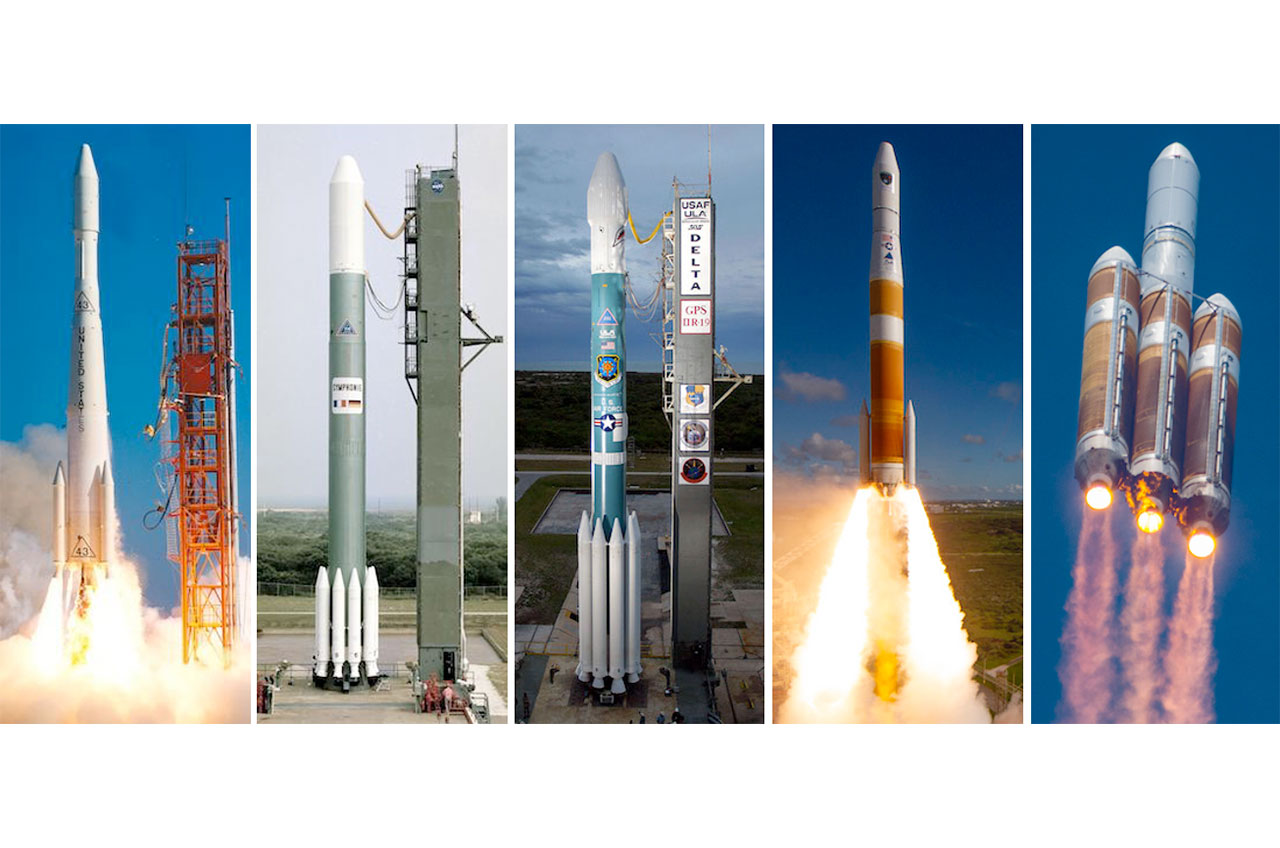'Heavy' history: ULA launches final Delta rocket after 64 years (video, photos)
Today's Delta IV Heavy launch closed out the rocket program after 389 flights.
After six decades of launches, the liftoff of the last-ever Delta rocket on Tuesday (April 9) brought with it a change in the way the U.S. sends satellites, interplanetary probes and spacecraft into Earth orbit.
United Launch Alliance (ULA) ignited its last Delta IV Heavy rocket to launch NROL-70, a classified payload for the U.S. National Reconnaissance Office (NRO). The powerful booster departed Space Launch Complex-37 (SLC-37) at Cape Canaveral Space Force Station in Florida at 12:53 p.m. EDT (1653 GMT), literally setting itself on fire for the 16th and final time.
"It is a bittersweet moment for us," said Tory Bruno, chief executive officer of United Launch Alliance, in a call with reporters on March 26. "It is such an amazing piece of technology — 23 stories tall, hall a million gallons of propellant, two and a quarter million pounds of thrust and the most metal of all rockets, setting itself on fire before it goes to space."
That spectacle, which was unique to the Delta IV in its heaviest configuration, was the result of hydrogen building up in the flame trench and then rising up alongside the rocket after it was used to cool down the three RS-68A engines to cryogenic temperatures. When the engines fired, the hydrogen ignited and flames lapped at the orange insulation covering the core stage and its two side-mounted boosters.
"It's why we had nicely toasted marshmallow boosters and the very dramatic effect of a self-immolating rocket before up she goes," said Bruno.
The two boosters were jettisoned about four minutes into the flight, followed by the core, or first stage, separating one minute and 45 seconds later. A single RL10C-2-1 engine on the Delta cryogenic second stage then took over, propelling the NROL-70 payload into space. Due to national security concerns, coverage of the launch ceased following fairing jettison at about 6 minutes and 40 seconds into the flight.
Related: Facts about ULA's Delta IV Heavy rocket

ULA is retiring the Delta IV, and eventually its other legacy rocket, the Atlas V, in favor of its newly introduced Vulcan, which flew a near-perfect first mission in January. The Vulcan was developed to replace both long-flying rockets in all of their configurations.
"This is a great mission to think about that transition, because national security space missions is our core and the unique set of missions there require a high-energy launch vehicle. We designed Vulcan specifically for that," said Bruno.
Go Delta
In addition to being the 16th Delta IV Heavy, Tuesday's launch was also the 45th liftoff of a Delta IV, the 35th Delta IV to fly from Florida and the 389th Delta launch of any kind since 1960 (of which 294 were sent skyward from Cape Canaveral).
Half of the Delta IV Heavy launches were devoted to sending NRO payloads into orbit. The rocket and its less powerful configurations were also used in support of NASA, NOAA (the U.S. National Oceanic and Atmospheric Administration), U.S. Air Force and commercial payloads.
The first Delta launch on May 13, 1960, attempted to put the world's first passive communications satellite experiment into space, but was unsuccessful due to the Delta's attitude control thrusters failing to fire. (The Delta initially flew as the second stage atop a Thor ballistic missile, hence the vehicle was called the Thor-Delta.)
Related: Meet the Delta Rocket Family of the United Launch Alliance

Three months later, the Thor-Delta deployed Echo IA into orbit, leading to the first successful satellite transmission and first two-way communications between two points on Earth by way of space. That success was then followed by the launch of the second weather satellite and Telstar-1, the latter making possible the first live transatlantic television feed.
Next came Delta B, a derivative of the Thor-Delta, whose flights included the July 1963 launch of Syncom-2, the first satellite in a geosynchronous orbit.
Delta C, which was introduced four months after the Syncom-2 launch, primarily carried NASA research satellites into orbit. The Delta D, which added three solid rocket motors to the Delta C configuration, deployed the the first geostationary communications satellite in 1964 and the first commercial communication satellite, Intelsat I, a year later.
Get the Space.com Newsletter
Breaking space news, the latest updates on rocket launches, skywatching events and more!
Related: A history of rockets
Delta E launched a series of NASA Pioneer probes that measured interplanetary phenomena from widely separated points in space. Delta G (F was not built), which was a Delta E without its third stage, began the launch of a series of NASA satellites that carried biological specimens for study. Delta J launched only once, K was not built and L introduced an elongated version of the Thor first stage.
Delta M and Delta N closed out the alphabetical designations while being used to send more communications satellites to Earth orbit.
The numerical series that followed included the Delta 900, which sent NASA's first LandSat meteorological satellite into space in 1972; Delta 2310, which put Spain's first satellite into orbit to study the ionosphere; and Delta 2914, which launched the first NOAA Geostationary Operational Environmental Satellite (GOES).
Delta 3000 introduced the payload assist module (PAM) to reach higher orbits. A 3000-series rocket was NASA's first launch after the space shuttle Challenger tragedy in 1986, but it too was ill-fated, and was destroyed before it could deploy the GOES satellite it was carrying.
Only three 4000- and one 5000-series rockets launched, but they led the way to the Delta II, which flew in Lite and Heavy configurations.

The Delta II entered service in 1989 with the launch of the first operational Global Positioning System (GPS) satellite. In total, the Delta II lifted off 155 times over the course of nearly 30 years, of which all but two flights were successful. One-third of the launches were dedicated to NASA payloads, including sending eight robotic landers and rovers to Mars; a pair of twin probes to the moon; the first mission to orbit the planet Mercury; the first mission to orbit and land on an asteroid; and the first spacecraft to return a sample from a comet.
The Delta II also deployed the Spitzer Space Telescope and Kepler planet-hunting observatory before launching for the last time in 2018 with NASA's ICESat-2 Earth observation satellite.
Delta III flew only three times. Two launches failed and the last carried a dummy payload.
The Delta IV was developed for the U.S. Air Force's Evolved Expendable Launch Vehicle (EELV) program. Originally flown by Boeing before the aerospace company partnered with Lockheed Martin to establish ULA, the Delta IV and Delta IV Heavy became the primary rocket supporting U.S. military payloads.
The Delta IV Heavy was also used to launch NASA's Orion spacecraft on its first uncrewed Exploration Flight Test (EFT-1) in 2014 and sent the Parker Solar Probe on its way to "touch" the sun in 2018.
Delta on display
Through each of its versions and configurations, the Delta family of rockets advanced and grew more capable. To lift heavier payloads and send them farther into space, the venerable launch vehicle gained larger tanks, added strap-on solid rocket boosters, adopted improved engines and employed more powerful upper stages.
The Delta IV Heavy that launched to close out the program on Tuesday stood 235 feet (72 meters) tall, more than 2.5 times the height of the original Thor-Delta. At liftoff, the Delta IV Heavy generated 2.1 million pounds (9,341 kiloNewtons) of thrust, a significant increase over the 150,000 pounds (667 kiloNewtons) in 1960.
"It just has a storied legacy, and it has done great things for our nation. We are very proud to have been a part of that," said Bruno. "And even though Vulcan is the future, personally I am sad to see it go."

Despite its long history, only a few Delta rockets are preserved by museums and rocket parks today.
The Kennedy Space Center Visitor Complex in Florida displays a Thor-Delta and Delta II in its Rocket Garden. Another Thor-Delta can be seen at NASA's Goddard Space Flight Center in Greenbelt, Maryland.
The static fire unit for what became the Delta IV common booster core was delivered to the Air Force Space and Missile Museum (today, the Cape Canaveral Space Force Museum) in 2007 and was placed on outdoor display.
"We don't have an extra Delta IV Heavy to put in a museum," said Bruno. "So [this last rocket] absolutely had a special feel to it."
Follow collectSPACE.com on Facebook and on Twitter at @collectSPACE. Copyright 2024 collectSPACE.com. All rights reserved.
Join our Space Forums to keep talking space on the latest missions, night sky and more! And if you have a news tip, correction or comment, let us know at: community@space.com.

Robert Pearlman is a space historian, journalist and the founder and editor of collectSPACE.com, a daily news publication and community devoted to space history with a particular focus on how and where space exploration intersects with pop culture. Pearlman is also a contributing writer for Space.com and co-author of "Space Stations: The Art, Science, and Reality of Working in Space” published by Smithsonian Books in 2018.In 2009, he was inducted into the U.S. Space Camp Hall of Fame in Huntsville, Alabama. In 2021, he was honored by the American Astronautical Society with the Ordway Award for Sustained Excellence in Spaceflight History. In 2023, the National Space Club Florida Committee recognized Pearlman with the Kolcum News and Communications Award for excellence in telling the space story along the Space Coast and throughout the world.










